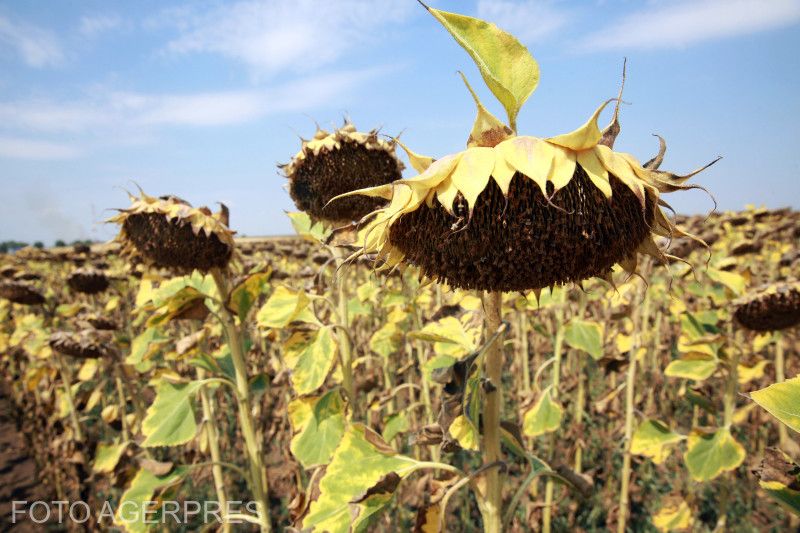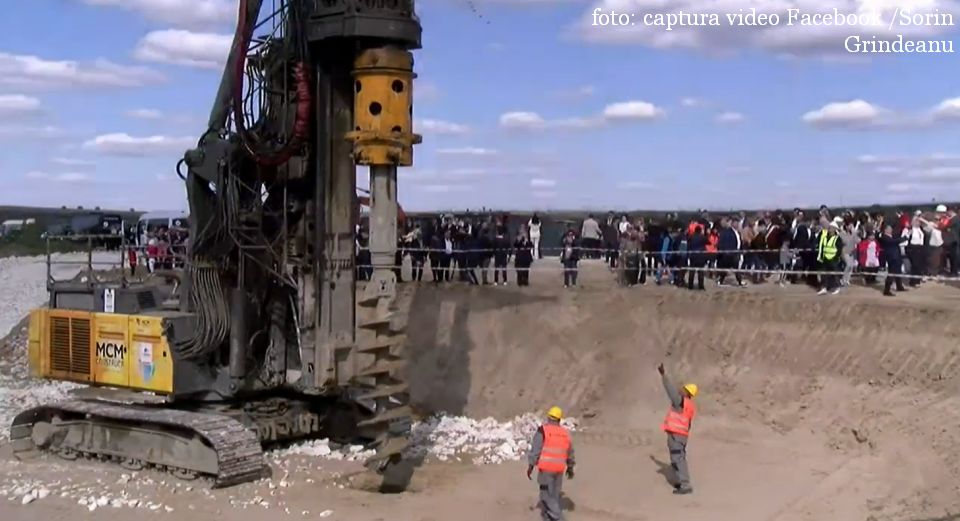Severe drought in Romania
Romania is facing one of the most severe droughts in recent history

Corina Cristea, 23.07.2024, 14:00
Because of the severe drought that Romania is facing, authorities have taken measures related to water supply – in almost 450 cities, towns and villages, i.e. in 15% of all localities at national level, water is delivered with restrictions, only between certain hours. The affected towns include Dorohoi, Târgu Neamţ, Târgu Ocna, Roman, Paşcani, Hârlau and partially the municipality of Iaşi, located in Moldova (the east of the country), the area where most problems have been reported.
Because of the drought, many wells have dried up and animal breeders say that heat has also scorched the grass and the animals eat less. Many farmers have lost their crops, especially where irrigation is not possible. In an attempt to come to the aid of those affected, the Minister of Agriculture, Florin Barbu, had a first meeting on Monday with the representatives of commercial banks from whom he asked for solutions to cover the rates and interest on loans for farmers who are facing the drought. Farmers would receive compensation between 200 and 250 euros per hectare for the destroyed crops, given that the area affected so far is almost two million hectares of corn and sunflowers and 100,000 hectares of wheat and rape.
The situation has been confirmed by the MARS system for monitoring agricultural crops in the EU, which reduced, on Monday, its estimates regarding the grain production in the EU this year, the most important revisions concerning the crops of corn and sunflower, which have suffered from the dry weather in the countries located in the south-east of Europe. “In large parts of south-central and south-eastern Europe, June and July were exceptionally hot, with several days when maximum temperatures exceeded 35 degrees Celsius, which adversely affected summer crops in the flowering period”, the latest MARS monthly report reads. Also according to MARS, the lack of precipitation in eastern Hungary, eastern Romania and Bulgaria aggravated this negative impact. And the news from the Romanian specialists is not good for the next period either.
Currently, the degree of filling of the 40 reservoirs in the country has fallen slightly below 80%, and the Romanian Waters National Administration estimates that the downward trend will continue. By the end of the month the filling coefficient is expected to reach 77%. The National Administration says that, currently, the raw water needs for beneficiaries are provided from surface sources in a centralised system, but calls on the population to use water rationally and to consider alternatives for water storage and recirculation in household activities, where possible. For those in the industrial and agricultural sectors, the specialists have drawn up a water-saving guide, which can be found on the institution’s website. On the other hand, the flow of the Danube at the entrance to the country is below the multi-year average of July, but there are no supply problems for the Cernavodă Nuclear Power Plant. (MI)






























